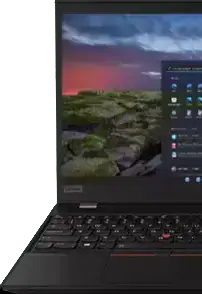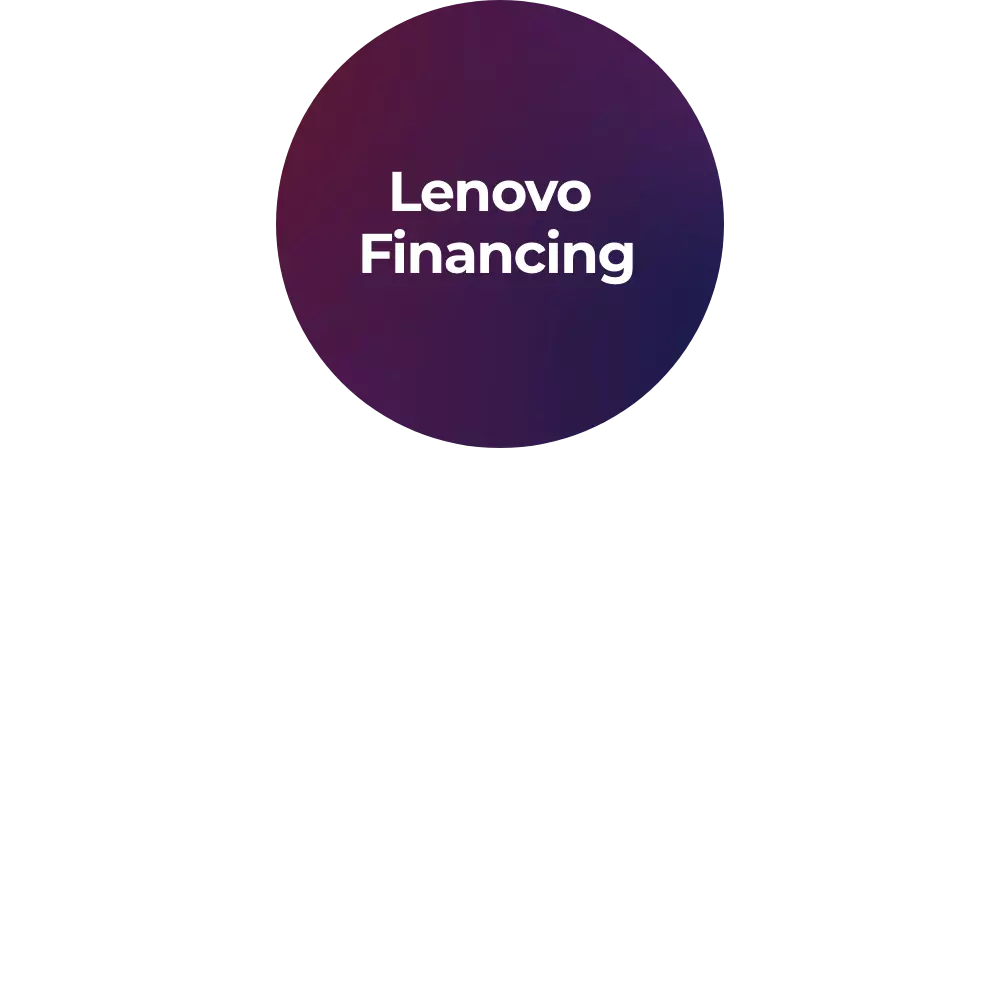What is WebGL?
WebGL stands for Web Graphics Library. It's a JavaScript API that allows you to render 3D graphics within any compatible web browser without the need for plugins. Essentially, it uses your computer's graphics hardware to create high-performance, interactive 3D and 2D graphics. With WebGL, you can develop complex visualizations, games, and applications that run smoothly in the browser, enhancing the user experience significantly.
Can I use WebGL on any browser?
Most modern browsers support WebGL (Web Graphics Library), including Google Chrome, Mozilla Firefox and Microsoft Edge. However, it's essential to check the specific version of the browser to ensure WebGL compatibility. Generally, keeping your browser updated ensures you can take full advantage of WebGL's capabilities without any compatibility issues.
What are the key features of WebGL?
WebGL (Web Graphics Library) offers a range of features that make it a powerful tool for graphics programming. It supports three-dimensional (3D) transformations, textures, shading, and lighting effects. Additionally, WebGL allows you to work with vertex and fragment shaders, giving you fine-grained control over the rendering process. This flexibility empowers developers to create highly immersive and visually appealing web experiences.
How do I start working with WebGL?
To begin using WebGL (Web Graphics Library), you need a good understanding of JavaScript and graphics programming concepts. Familiarize yourself with the WebGL application programming interface (API) and shader languages like OpenGL shading language (GLSL). Numerous online resources, tutorials, and documentation can guide you through the basics and advanced topics. Consider experimenting with simple examples to grasp the fundamentals before diving into more complex projects.
What role do shaders play in WebGL?
Shaders are essential in WebGL (Web Graphics Library) programming. They are small programs that run on the graphics processing unit (GPU) and precisely define the rendering of each pixel or vertex. Vertex shaders expertly manage vertex positioning, while fragment shaders exert full control over the color and appearance of each pixel. Mastering these concepts is crucial for success in WebGL programming.
How does WebGL contribute to virtual reality (VR) experiences?
WebGL (Web Graphics Library) plays a significant role in the development of VR (Virtual reality) experiences on the web. By combining WebGL with technologies like WebVR or WebXR, developers can create immersive virtual environments accessible directly through a web browser. This accessibility ends the need for users to download dedicated applications, making VR content more widely available and easier to explore.
How can I optimize performance in WebGL applications?
To improve performance in WebGL (Web Graphics Library) applications, consider implementing techniques like level of detail (LOD) rendering, which adjusts the detail of objects based on their distance from the camera. Additionally, use efficient data structures for storing and processing geometry. Minimizing the number of draw calls and texture size can also enhance performance. Regularly profiling and testing your application will help find bottlenecks and areas for improvement.
What role does WebGL play in data visualization?
WebGL (Web Graphics Library) is a powerful tool for data visualization, enabling the creation of dynamic and interactive charts, graphs, and maps directly within web browsers. Its ability to handle large datasets and give them smoothly allows developers to build compelling visualizations that enhance data understanding. Whether you're visualizing scientific data, business analytics, or geographical information, WebGL provides a platform for creating engaging and informative visual representations.
Can I integrate WebGL with other web technologies?
WebGL (Web Graphics Library) seamlessly integrates with other web technologies, enhancing its capabilities. You can combine WebGL with hypertext markup language (HTML5), cascading style sheet (CSS), and JavaScript frameworks to create comprehensive web applications. For example, using WebGL with Three.js—a popular three-dimensional (3D) library—provides a higher-level abstraction for easier development. This integration allows you to use the strengths of different technologies to create rich and engaging web experiences.
What are some common use cases for WebGL?
WebGL (Web Graphics Library) finds applications in a variety of fields. It's commonly used for developing online games, interactive simulations, and virtual tours. Architects and designers use WebGL to create three-dimensional (3D) visualizations of buildings and environments. Additionally, it's widely employed in data visualization for presenting complex datasets in a more understandable and interactive manner. Whether you're creating educational tools, interactive maps, or product configurators, WebGL offers a versatile platform for diverse applications.
Does WebGL support mobile devices?
Yes, WebGL is supported on many modern mobile devices, including smartphones and tablets. Mobile browsers such as Chrome for Android™ and others have incorporated WebGL support, allowing developers to create graphics-rich and interactive experiences for users on the go. Keep in mind that while WebGL is accessible on mobile, improving performance for varying device capabilities is crucial to ensuring a smooth user experience across different platforms.
Can WebGL be used for product configurators?
WebGL (Web Graphics Library) is an excellent choice for developing product configurators on your websites. By integrating WebGL, users can interactively customize and visualize products in 3D, exploring different options and variations. This immersive experience enhances user engagement and helps potential your customers make informed decisions. Product configurators powered by WebGL are particularly effective for industries like furniture, automotive, and fashion, where visualizing customization options is crucial for buyers.
How does WebGL contribute to the development of web-based simulations?
WebGL (Web Graphics Library) plays a crucial role in the development of web-based simulations, offering the necessary graphics capabilities for creating realistic and interactive simulations. Whether it's simulating physical phenomena, training scenarios, or educational simulations, WebGL enables developers to deliver dynamic and engaging content directly through web browsers. This accessibility fosters widespread adoption and makes web-based simulations more accessible to your diverse audience.
What role does WebGL play in the development of gamified learning experiences?
WebGL (Web Graphics Library) is a key player in the development of gamified learning experiences, combining the interactivity of games with educational content. By leveraging WebGL's capabilities, developers can create visually engaging and interactive educational games. This approach makes learning more enjoyable and effective, as users can actively take part in activities, solve challenges, and explore educational content in a gamified environment directly within their web browsers.
How does WebGL contribute to the democratization of three-dimensional (3D) content creation?
WebGL (Web Graphics Library) contributes significantly to the democratization of 3D content creation by making it accessible to a broader audience. Artists, designers, and developers can create 3D content directly within web browsers, dropping the need for specialized software or extensive hardware requirements. This accessibility lowers barriers to entry, allowing more individuals to experiment with and share their 3D creations online, fostering a more inclusive and diverse landscape of digital content.
















